An In-Depth Guide to Everest Base Camp Trek Expenses
By gaining insight into the various expenses involved in the Everest Base Camp Trek, you can customize your journey to suit your preferences and financial constraints.
By gaining insight into the various expenses involved in the Everest Base Camp Trek, you can customize your journey to suit your preferences and financial constraints.
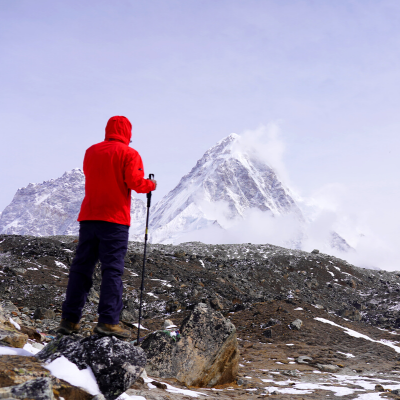
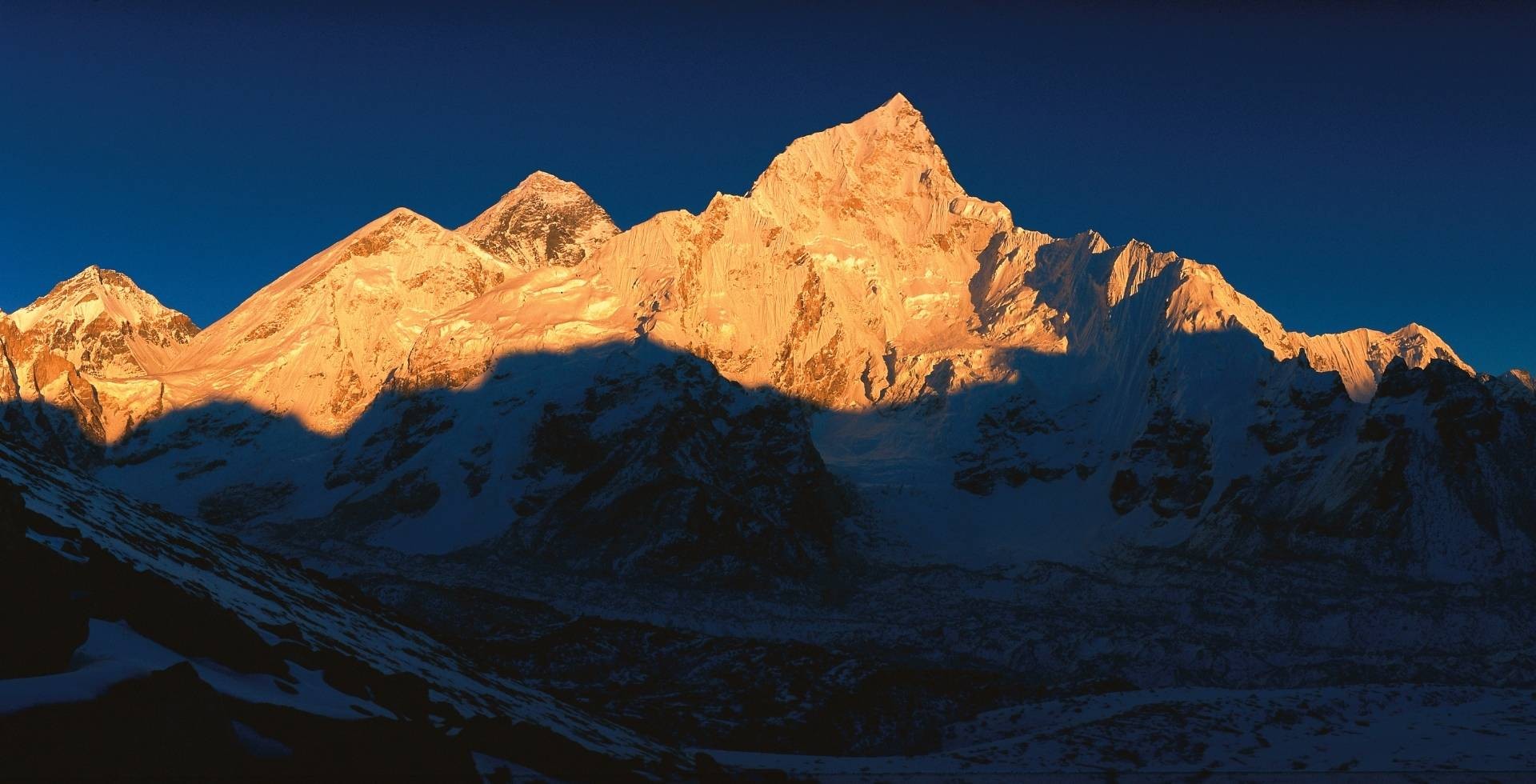
The Everest Base Camp Trek is a captivating and sought-after adventure that has captured the imagination of trekkers worldwide. Set against the backdrop of the majestic Himalayas, this epic journey takes you through enchanting landscapes, rich cultural experiences, and the unparalleled beauty of Nepal. Trekking to the base camp of the highest peak in the world, Mount Everest, has become a bucket list item for many outdoor enthusiasts and adventure-seekers.
As you traverse the challenging yet rewarding trails, you will encounter a blend of thrilling experiences, from crossing suspension bridges and exploring ancient monasteries to navigating through verdant forests and witnessing breathtaking mountain panoramas. The Everest Base Camp Trek not only tests your physical endurance but also offers a unique opportunity to immerse yourself in the warmth and hospitality of the local Sherpa communities.
Given the popularity and allure of this incredible trek, it is essential to understand the costs involved and plan your budget accordingly. In this blog, we will break down the various expenses associated with the Everest Base Camp Trek, helping you embark on this once-in-a-lifetime adventure with confidence and ease.
Understanding the associated costs and preparing a budget for your Everest Base Camp Trek is of paramount importance to ensure a smooth and stress-free experience. A well-planned budget enables you to allocate your resources wisely and avoid any unexpected financial surprises during your journey. It also helps you make informed decisions about various aspects of your trek, such as accommodation, meals, gear, and support services like guides and porters.
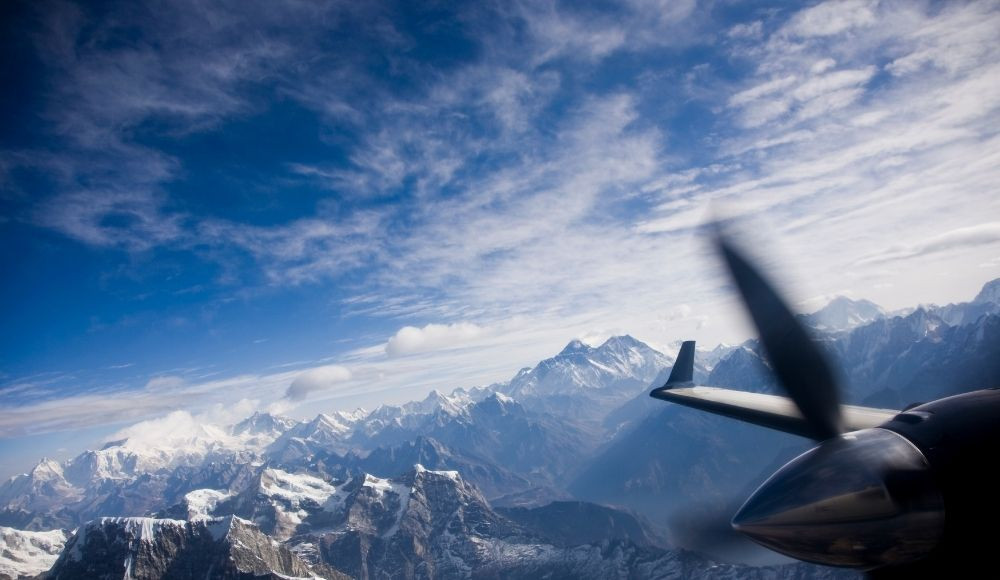
A comprehensive budget allows you to strike a balance between cost-effectiveness and comfort, ensuring that you get the most out of your adventure without compromising on safety or essential amenities. Moreover, it provides you with a clear understanding of the financial commitment required for the trek, enabling you to save and plan accordingly.
By gaining insight into the various expenses involved in the Everest Base Camp Trek, you can customize your journey to suit your preferences and financial constraints. This empowers you to create a memorable trekking experience that aligns with your personal goals and aspirations while adhering to your budgetary limitations. In summary, a well-prepared budget is a crucial foundation for a successful and enjoyable Everest Base Camp Trek experience.
In this comprehensive guide to Everest Base Camp Trek expenses, we will break down the various costs involved, allowing you to plan your budget effectively and make informed decisions throughout your journey. The blog framework will cover the following key cost categories:
Flights to and from Nepal: We'll discuss the costs of international flights to Kathmandu and domestic flights to Lukla, along with tips for finding the best deals.
Permits and Documentation: We'll outline the required permits, their associated costs, and tips for acquiring them in a timely manner.
Guides and Porters: We'll explore the importance of hiring guides and porters, their average wages and tips, and the benefits of choosing local support.
Accommodation and Meals: We'll delve into the costs of teahouses and lodges, meal options, and budgeting tips to save on food and accommodation expenses.
Gear and Equipment: We'll cover the essential gear required for the trek, the pros and cons of renting vs. purchasing, and popular shopping spots in Kathmandu.
Travel Insurance: We'll emphasize the importance of comprehensive travel insurance, coverage options, and factors that impact policy costs.
Miscellaneous Expenses: We'll discuss costs related to internet and phone services, souvenirs, additional activities, and unforeseen expenses.
Cost-saving Tips and Tricks: We'll provide valuable advice on how to minimize expenses without compromising on safety, comfort, or overall experience.
By the end of this blog, you will have a clear understanding of the various expenses involved in the Everest Base Camp Trek, enabling you to create a well-structured budget and embark on this unforgettable adventure with confidence.
A significant portion of your Everest Base Camp Trek budget will be dedicated to flights, both international and domestic. Understanding the costs and strategies for finding the best deals will help you save money and allocate your budget more effectively.
The cost of international flights to Kathmandu, Nepal's capital, can vary greatly depending on factors such as your departure city, airline, time of booking, and travel season. Major airlines that operate flights to Kathmandu include Qatar Airways, Turkish Airlines, Emirates, and Etihad Airways. It's essential to compare the prices of different airlines and choose the one that best fits your budget and preferences.
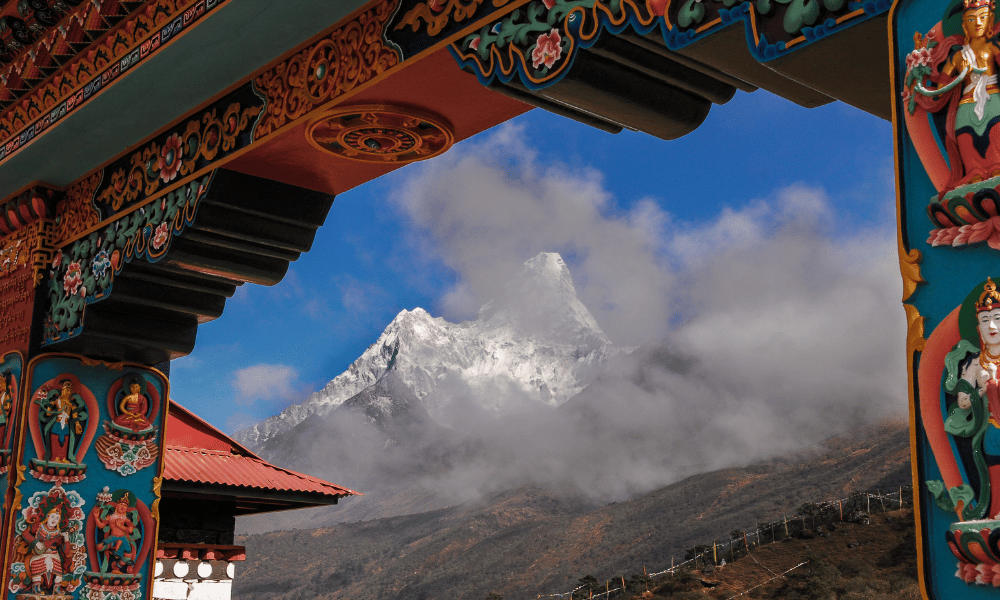
Once you arrive in Kathmandu, you will need to take a domestic flight to Lukla, the starting point of the Everest Base Camp Trek. Several airlines, including Tara Air, Yeti Airlines, and Summit Air, operate flights between Kathmandu and Lukla. The cost of a one-way flight ranges from $150 to $200, depending on the airline and booking period.
Booking in advance: It's advisable to book your flights, both international and domestic, several months in advance. This gives you access to better deals and more options in terms of schedules and seat preferences.
Flying during off-peak seasons: The peak seasons for the Everest Base Camp Trek are pre-monsoon (March-May) and post-monsoon (September-November). Airfare is generally higher during these periods. Consider flying during off-peak seasons for lower prices, but be prepared for less favorable weather conditions and potentially limited trekking options.
Comparing airlines and travel agents: To find the best deals, compare prices and offers from various airlines and travel agents. Using online platforms such as Skyscanner, Expedia, and Kayak can help you discover the most cost-effective options.
By following these cost-saving tips and conducting thorough research, you can find the best deals on flights to and from Nepal, ultimately minimizing your overall Everest Base Camp Trek expenses.
Before embarking on your Everest Base Camp Trek, you will need to acquire several permits and ensure your documentation is in order. Proper planning and organization are crucial for a hassle-free experience.
A TIMS card is mandatory for all trekkers in Nepal. It is a record system used by the government and tourism authorities to track and ensure the safety of trekkers. The cost of a TIMS card for independent trekkers is $20, while it is $10 for those trekking with a registered agency.
As the Everest Base Camp Trek passes through Sagarmatha National Park, you will need to obtain an entry permit. The permit costs approximately $30 (3,000 NPR) and can be obtained either in Kathmandu at the Nepal Tourism Board office or at Monjo, the park entrance.
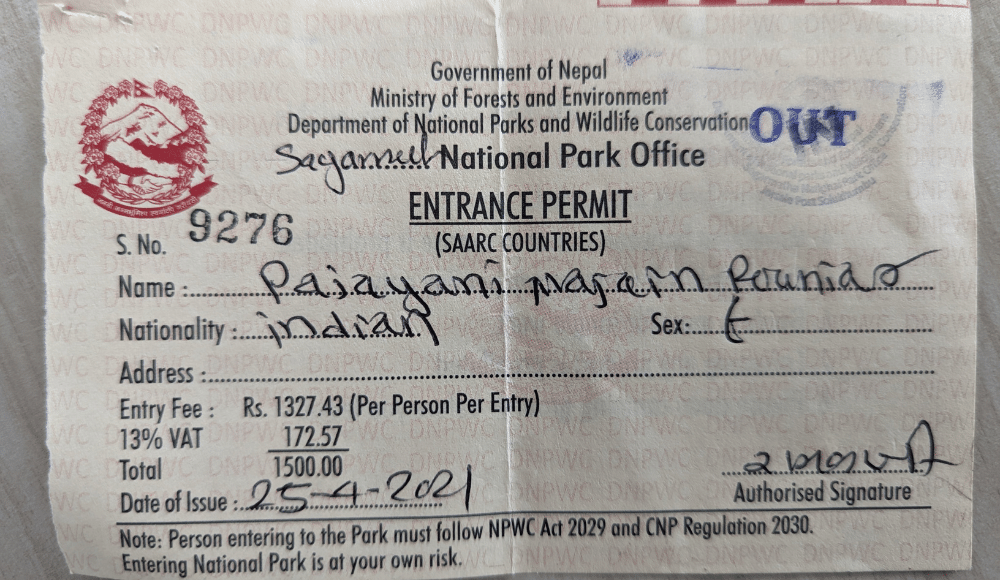
In place of the TIMS card, trekkers in the Everest region are now required to obtain a local government permit, which costs approximately $20 (2,000 NPR). This permit can be acquired in Lukla or at the Local Government Revenue Office in Kathmandu.
Make sure to carry several passport-sized photos and photocopies of your passport, as they will be required for various permits and documentation purposes during the trek.
Tips on acquiring permits and documentation in a timely manner:
Plan ahead: Before your trip, research the permits and documentation required for the Everest Base Camp Trek, ensuring you have ample time to gather the necessary materials.
Obtain permits in Kathmandu: If possible, obtain your permits in Kathmandu, as this will save time and prevent potential delays during your trek.
Carry extra photos and copies: Bring extra passport-sized photos and photocopies of your passport to avoid any issues or delays if you lose or damage your documents.
Use a registered trekking agency: If you are trekking with a registered agency, they will handle most of the permit arrangements for you, making the process more convenient and efficient.
By ensuring that you have all the necessary permits and documentation in place, you can embark on your Everest Base Camp Trek with confidence and peace of mind.
The Everest Base Camp Trek is a challenging and adventurous journey, and hiring a guide and porter can significantly enhance your experience by providing invaluable assistance, local knowledge, and support.

The importance of hiring a guide and porter:
Safety: A professional guide is familiar with the trekking route, terrain, and potential hazards, ensuring your safety throughout the journey.
Navigation: Guides are well-versed in the local geography, helping you avoid getting lost and staying on track.
Cultural insights: Local guides can share unique insights into the customs, traditions, and history of the region, enriching your cultural understanding.
Language: Guides can act as interpreters, bridging the language gap and facilitating communication with locals.
Porter support: Porters carry your heavy luggage, allowing you to focus on the trek itself and reducing the risk of injury or exhaustion.
Average daily wages and tips for guides and porters:
The average daily wage for a guide ranges from $30 to $40, while a porter's daily wage is between $20 and $25. It is not customary but recommended to tip guides and porters at the end of the trek, with recommended amounts of 10-15% of their total wages.
Benefits of hiring local guides and porters:
Local knowledge: Local guides and porters have extensive knowledge of the region, culture, and language, providing an authentic and immersive experience.
Support local economy: Hiring local guides and porters contributes to the region's economy, helping to create job opportunities and improve living standards.
Acclimatization: Local guides and porters are well-acclimatized to high altitudes, ensuring they are better equipped to handle emergencies or health issues that may arise during the trek.
Pros:
Cost-sharing: Traveling in a group can help reduce individual expenses for guides, porters, and accommodation.
Social interaction: Trekking with a group provides opportunities to bond, share experiences, and create lasting memories.
Support and motivation: The group dynamic can offer emotional and physical support, encouraging you to push through challenging moments.
Cons:
Less flexibility: Group itineraries may be less adaptable to individual preferences, pace, or unforeseen circumstances.
Potential conflicts: Group dynamics can sometimes lead to conflicts or disagreements among members.
Pros:
Flexibility: Independent trekkers have more freedom to choose their pace, route, and schedule, allowing for a more personalized experience.
Solitude: Trekking independently offers the opportunity to connect with nature and enjoy moments of quiet reflection.
Cons:
Higher costs: Independent trekkers may incur higher expenses, as they cannot share costs with other trekkers.
Limited support: Traveling without a group means less social and emotional support during challenging moments.
Ultimately, the decision to trek independently or as part of a group depends on your personal preferences, budget, and desired experience. Hiring guides and porters, whether for group or independent treks, plays a crucial role in ensuring a safe, enjoyable, and memorable Everest Base Camp Trek.
During the Everest Base Camp Trek, accommodation and meals are primarily provided at teahouses and lodges. Understanding the options and costs can help you budget effectively and make informed choices throughout your journey.
Teahouses and lodges are the most common types of accommodation along the Everest Base Camp Trek. They provide basic amenities, including a bed, shared bathroom facilities, and dining services. As you gain altitude, the quality and comfort of teahouses may decrease due to the remoteness of the region.
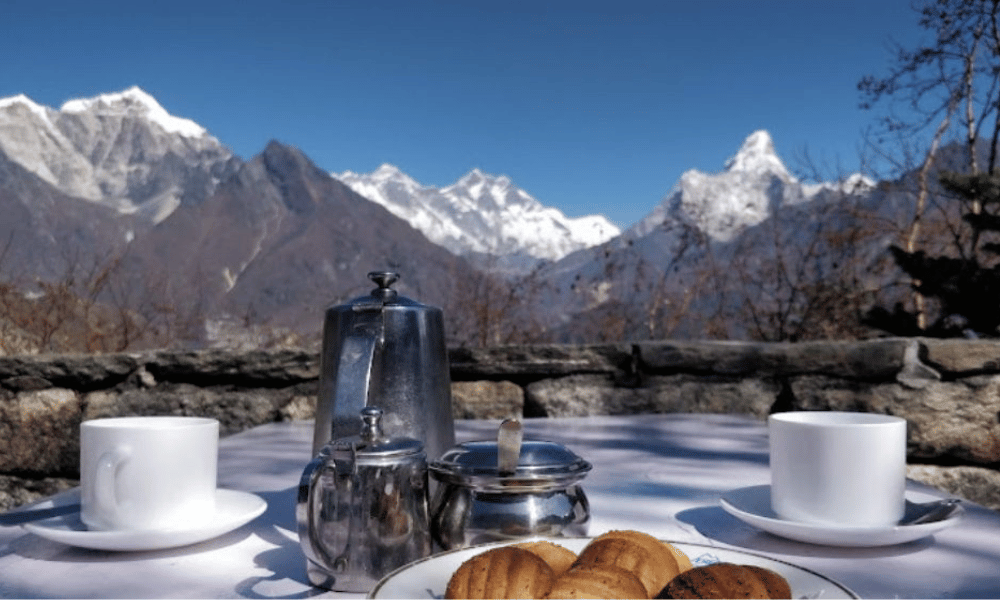
The cost of accommodation per night ranges from $5 to $15, depending on factors such as altitude, season, and the specific teahouse or lodge. Prices tend to be higher during peak trekking seasons and at higher elevations.
Teahouses and lodges offer a variety of meal options, including local Nepali dishes like dal bhat (rice and lentils), as well as international cuisines such as pasta, pizza, and fried rice. Breakfast options often include porridge, pancakes, or eggs. Meals typically cost between $3 and $6, with prices increasing at higher elevations.
Carry snacks: Bring energy bars, nuts, or dried fruits to supplement your meals and provide a quick energy boost during the trek.
Refill water bottles: Instead of purchasing bottled water, consider using a reusable water bottle and refilling it at tea houses or lodges. Water purification tablets or a portable water filter can help ensure the water is safe to drink.
Dine at the same place you're staying: Many tea houses offer discounts or free accommodation if you eat at their establishment. This can help you save money on both food and lodging expenses.
By understanding the costs and options for accommodation and meals during the Everest Base Camp Trek, you can effectively budget for these expenses and make informed decisions that align with your preferences and financial constraints.
Having the right gear and equipment is essential for a successful and enjoyable Everest Base Camp Trek. Being well-prepared ensures your safety, comfort, and overall experience during the journey.
Clothing: Invest in high-quality, layered clothing that is suitable for various weather conditions, including base layers, insulating layers, and waterproof outer layers. Make sure to bring thermal tops and bottoms, trekking pants, fleece jackets, and a waterproof shell jacket.
Footwear: A good pair of waterproof and well-fitted trekking boots is crucial, along with high-quality trekking socks. Also, consider bringing sandals or comfortable shoes to wear at tea houses during rest stops.
Backpacks: Choose a comfortable and durable backpack with a capacity of around 40-60 liters for the trek. If you're hiring a porter, you will also need a smaller daypack for carrying essentials like water, snacks, and extra layers.
Accessories: Essential accessories include a warm hat, sun hat, gloves, sunglasses, and a scarf or buff. Also, consider bringing trekking poles for additional support on steep and uneven terrain.
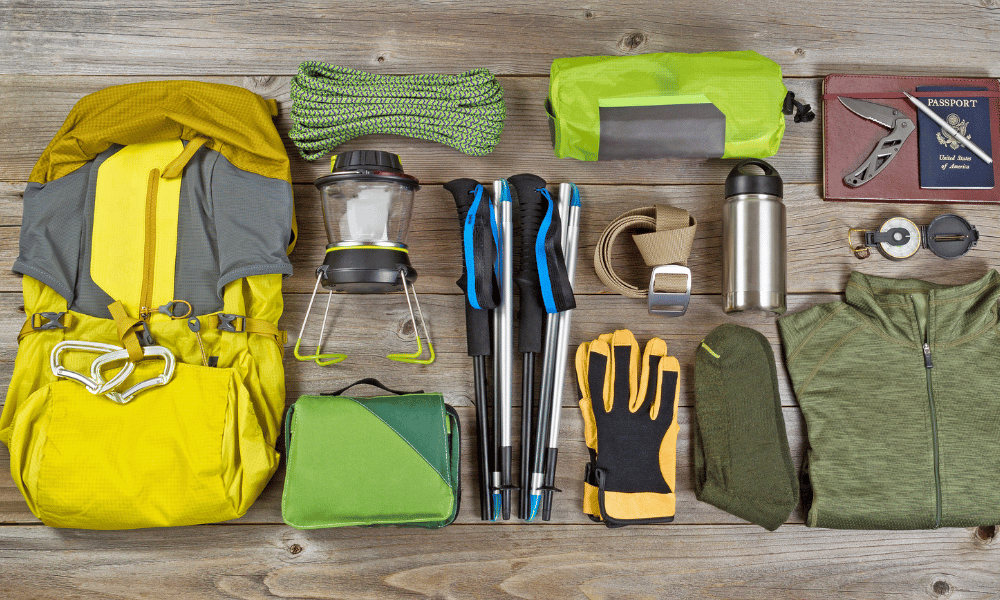
Renting gear can be a cost-effective option for those who don't want to invest in expensive equipment for a single trek. However, the quality of rented gear may vary, and there's a risk of it not fitting or functioning properly.
Purchasing gear allows you to choose items that suit your preferences and ensure they fit well. This can result in a more comfortable and enjoyable trekking experience. High-quality gear can also be used for future adventures.
Kathmandu offers numerous shops and stores for purchasing or renting trekking gear. Popular shopping areas include Thamel and New Road. There are numerous branded and local stores, but be cautious of counterfeit products. For authentic branded gear, visit stores like Sherpa Adventure Gear, North Face, and Mountain Hardwear.
When packing for your Everest Base Camp Trek, consider the following guidelines:
Bring essentials: Focus on the essential items mentioned above and avoid overpacking. Remember that additional weight can negatively impact your trekking experience.
Leave valuables at home: Avoid bringing valuable items like expensive jewelry or unnecessary electronics. Most teahouses offer secure storage options for passports, extra cash, and other essential documents.
Pack light: If you're hiring a porter, remember that their carrying capacity is limited, usually around 15-20 kg. Make sure your packed luggage does not exceed this weight limit, considering their personal belongings as well.
By carefully selecting and acquiring the right gear and equipment for your Everest Base Camp Trek, you can ensure a safe, comfortable, and enjoyable journey through the breathtaking Himalayas.
Comprehensive travel insurance is crucial for the Everest Base Camp Trek, as it provides financial protection and support in case of unforeseen events or emergencies during your adventure.
Financial protection: Travel insurance helps cover the costs of unexpected expenses such as medical treatment, trip cancellations, or delays.
Emergency evacuation: High-altitude treks like the Everest Base Camp Trek carry inherent risks, and in the case of an emergency, evacuation by helicopter can be extremely expensive. Travel insurance helps cover these costs.
Peace of mind: Having comprehensive travel insurance ensures that you can focus on enjoying your trek without worrying about potential financial setbacks due to unforeseen circumstances.
When choosing a travel insurance policy for the Everest Base Camp Trek, make sure it covers the following:
Emergency evacuation: Ensure that your policy covers helicopter evacuation up to the highest altitude reached during your trek.
Medical treatment: Your policy should cover medical expenses for treatment, hospitalization, and repatriation in case of accidents or illnesses during the trek.
Trip cancellation or interruption: Look for a policy that reimburses you for non-refundable expenses in case you need to cancel or cut short your trip due to unforeseen circumstances.
Baggage and gear protection: Opt for a policy that covers the cost of lost, damaged, or stolen luggage and trekking gear.
Research and compare: Spend time researching and comparing different insurance providers and policies to find the best coverage and price for your needs.
Read the fine print: Carefully read the policy terms and conditions to understand the coverage limits, exclusions, and claim procedures.
Check reviews: Read reviews and seek recommendations from fellow trekkers or online forums to gain insight into the experiences of others with various insurance providers.
The cost of travel insurance varies depending on factors such as:
Age: Insurance premiums are generally higher for older travelers, as they are considered to be at a higher risk of illness or injury.
Coverage limits: Higher coverage limits typically result in higher premiums.
Duration of the trek: Longer trips usually entail higher insurance costs, as the risk of potential issues or emergencies increases with time.
By obtaining comprehensive travel insurance for your Everest Base Camp Trek, you can enjoy the adventure with confidence and peace of mind, knowing that you are protected in case of unexpected events or emergencies.
Aside from the main costs associated with the Everest Base Camp Trek, there are miscellaneous expenses that you may incur during your journey. It's important to consider and budget for these additional costs to ensure a smooth trekking experience.
Teahouses and lodges along the trek often provide Wi-Fi services, but the speed and reliability can vary. Prices range from $3 to $5 per hour. Alternatively, you can purchase a local SIM card with data plans for phone and internet access. Ncell and Nepal Telecom are popular providers, and their services cover most of the trekking route.
You may want to purchase souvenirs, handicrafts, or local products during your trek. Allocate a portion of your budget for these items to avoid overspending. Popular souvenirs include prayer flags, singing bowls, thangka paintings, and pashmina shawls.
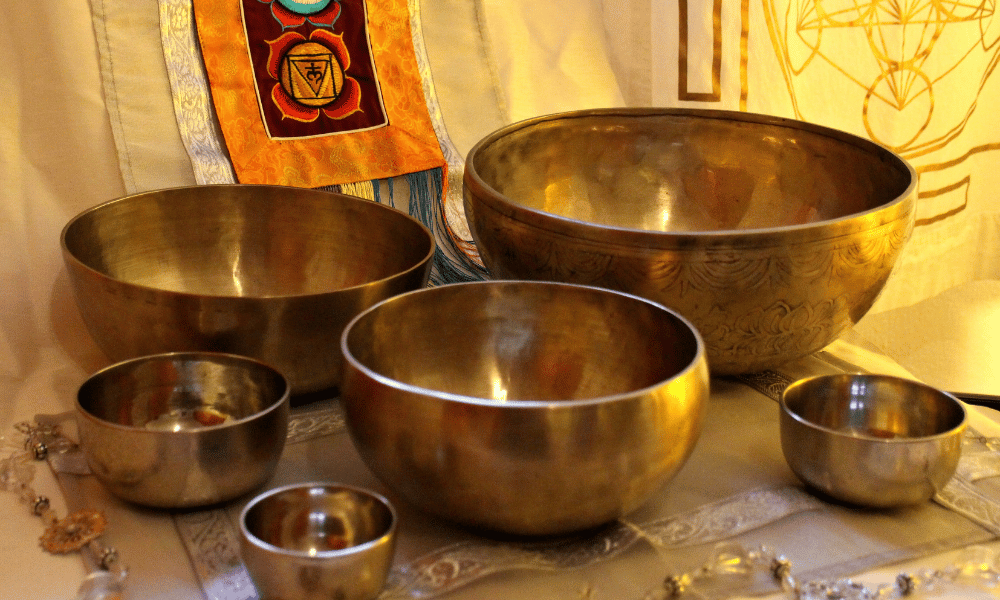
While trekking to Everest Base Camp, you might want to partake in side treks, visit monasteries, or engage in other cultural experiences. These activities may require additional fees, so be sure to include them in your budget.
It's important to have a contingency fund for unforeseen expenses that may arise during your trek, such as medical emergencies, unexpected delays, or changes in your itinerary. Allocating around 10-15% of your total budget for unforeseen expenses is a prudent approach.
By considering and budgeting for these miscellaneous expenses, you can help ensure a smooth, enjoyable, and financially manageable Everest Base Camp Trek experience.
To make your Everest Base Camp Trek more affordable, consider the following cost-saving tips and tricks:
Travel during off-peak seasons:
Trekking during the off-peak seasons (June to August and December to February) can result in lower costs for flights, accommodation, and guide services. However, keep in mind that the weather conditions during these seasons can be more challenging, with monsoon rains or colder temperatures.
Group trekking discounts:
Joining a group trek can help you save money on guides, porters, and accommodation, as you'll be sharing these costs with other trekkers. Additionally, group treks often provide discounts for larger groups, which can further reduce your expenses.
Booking flights, accommodation, and guides in advance:
Booking your international and domestic flights, accommodation, and guide services well in advance can help you secure better rates and availability. Early bookings often come with discounts, and you'll have more options to choose from, allowing you to find the best deals.
Packing smart to reduce gear rental or purchase costs:
By packing essential gear and equipment, you can minimize the need to rent or purchase items at a higher cost during your trek. Ensure you have high-quality, lightweight, and durable gear that can withstand the trek's challenging conditions. Additionally, consider borrowing or purchasing second-hand items from friends, family, or online marketplaces to save on costs.
By employing these cost-saving tips and tricks, you can make your Everest Base Camp Trek more affordable and enjoyable, without compromising on safety or the overall experience.
Proper planning and budgeting are essential for a successful and enjoyable Everest Base Camp Trek. By carefully considering all the factors contributing to the overall cost, you can make informed decisions that align with your preferences and financial constraints. This allows you to focus on the trekking experience itself, rather than worrying about unexpected expenses or logistical issues.
A well-planned budget ensures that you have adequate resources for essential items and services like permits, guides, accommodation, meals, gear, travel insurance, and miscellaneous expenses. It also helps you allocate funds for unforeseen circumstances, ensuring that you are well-prepared for any challenges that may arise during your adventure.
Embarking on the Everest Base Camp Trek is an unforgettable experience, offering breathtaking views of the world's highest peaks, unique cultural encounters, and a sense of accomplishment. Equipped with the knowledge of the associated costs and a well-prepared budget, you can confidently set out on this incredible journey, creating memories that will last a lifetime. Embrace the adventure, immerse yourself in the beauty of the Himalayas, and conquer the Everest Base Camp Trek with confidence and enthusiasm.
The cost of the Everest Base Camp Trek can range from $1,000 to $4,000 per person, depending on various factors such as the duration of the trek, the choice of guides and porters, accommodation, gear, and other expenses. Proper planning and budgeting can help you manage and reduce costs effectively.
Hidden costs can include unforeseen expenses such as medical emergencies, unexpected delays, or changes in your itinerary. By allocating a contingency fund of around 10-15% of your total budget, you can mitigate the impact of hidden costs on your trek.
While trekking independently can save you money on guide and porter fees, it is essential to consider the risks and challenges of trekking without professional support. Guides and porters offer valuable assistance in navigation, safety, and carrying heavy loads, which can greatly enhance your overall trekking experience.
Yes, you can rent trekking gear from various shops in Kathmandu, particularly in areas like Thamel and New Road. Renting gear can be cost-effective, but the quality of rented items may vary. If you prefer to have well-fitted and reliable gear, purchasing your own can be a better option.
On average, you should budget around $20 to $30 per day for meals and drinks during the trek. This cost can vary depending on your food preferences and consumption. Carrying snacks, refilling water bottles, and dining at the same place you're staying can help you save on daily expenses.
Tips for guides and porters are generally not included in the trek cost and are expected as a gesture of gratitude for their hard work and assistance. The recommended tipping amount is around 10-15% of the total cost of their services, which can be adjusted based on your satisfaction with their performance.